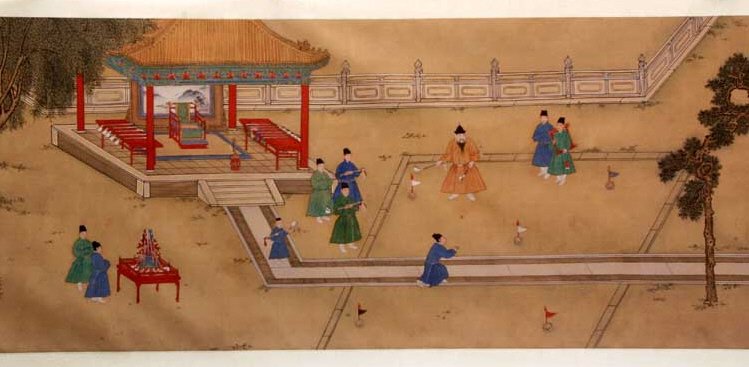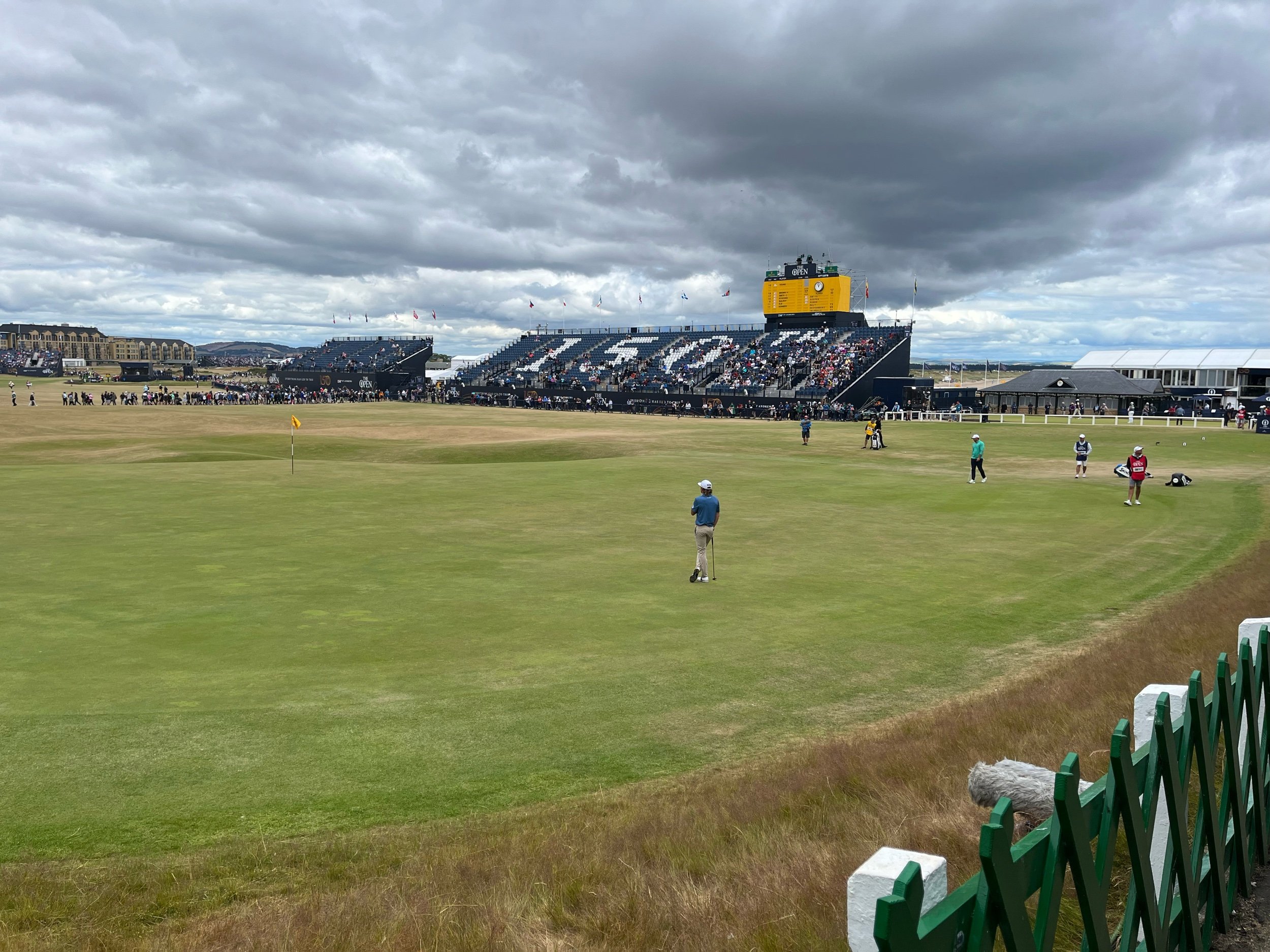The Origins and Evolution of Golf

Signed photograph of Tom Morris (Senior), British, 1901. Photograph depicts him on the old course at St Andrews.
Played by over 66 million people in the world, golf is one of humanity’s favorite sports. But what is the origin of golf as we know it today? Find out below.
The Origins and Evolution of Golf
The history of golf is shrouded in mystery. Professional historians find it hard to define the exact date and time when the game originated. Even those who are asked to write about the history of golf in their college essays need to seek help from a writing expert and see promo code, as golf origins are not so easy to trace. It is common knowledge, however, that the golf’s birthplace is the eastern coast of Scotland. More than 600 years ago, the shepherds from Aberdeenshire invented a fun way to spend their time. They would take bent sticks or primitive clubs and attempt to hit pebbles over sand dunes. Soon, it was not only the shepherds that indulged in the game. Joined by many representatives of the royal court, these original golf players would spend hours trying to hit the rounded rocks so that they would flick across long distances.
The Evolution of Golf
The game worked wonderfully with the country’s coastal terrain, where inland territories were connected with the seashore, and the players could hit the rocks for hours uninterrupted by other golf enthusiasts. However, in the 15th century, Scotland was not a peaceful country. If you have ever read about the history of that period and the Scottish nation’s military spirit, you know this for a fact.
The royalty of the time was starting to get progressively worried about the popularity of golf and its followers - the game had so many fans in Scotland that it had to be banned officially in 1457. The reason? The soldiers who were supposed to be engaged in military training spent hours on the country's eastern coast trying to perfect their golfing skills with bent sticks and clubs. This got to the point where people would initiate competitions to find the best rocks that could be used for the game.
Golf turned into a nationwide sport as King James IV put an official seal of approval on golf contests in the country. Numerous historical references suggest that he soon became known as the first British monarch who actively supported the game and engaged in many golf tournaments himself.
Modern students who need to do an even deeper dive into the history of this fascinating game can do so by ordering a research paper on golf origins from an essay writing service. You should be careful to choose a reliable one and check real reviews written by John Milovich to know about low-quality companies in advance.
Historical Milestones
In 1774, the first golf club appeared in Edinburgh. It was established by a community of golf fans from all over the country and had a detailed manual on the standardized rules of the game. The members held golf competitions and journeys and gave rewards to prominent players who joined the club. The rules for the game were created by Duncan Forbes, who knew that the prominent golf enthusiasts of that period had to be presented with a set of instructions on how to approach the game. Duncan also established that all the players should be given silverware prizes as a reminder of their excellent skills.
The first golf tournament that was shown on screen happened in 1953. It was a huge success, as it was the first televised portrayal of the game. This led to people changing their minds about the importance of golf in the evolution of the sport. What had been considered a mere entertainment for the masses was now regarded as a well-respected sport that could give you an optimal amount of endurance exercise and have a positive effect on your heart and health.
Innovation and Evolution of Golf Equipment
The evolution of golf equipment was no less intriguing. It all started with rocks and pebbles, which made surprisingly good gaming tools, considering the time period.
The pebbles were later replaced by feather balls, also known as featheries. Featheries required extreme precision and were rumored to have been rather costly and only available to well-off players. The feather balls lasted for a long time until they were substituted with gutta-percha balls made from an exotic tree sap. The sap was heated to form a specific shape and later used for golf sessions in the second half of the 19th century. Toward the end of the 18th century, the first golf clubs made of metal began to appear in the eastern region of Scotland. The first use of golf bags was documented closer to the beginning of the 20th century, and the golf car was not invented until the 1960s. The legendary polo shirts for golf were designed ten years earlier, with the players ditching old-fashioned styles for a game of golf that was fast-paced and filled with action.
These days, golf is no longer regarded as a provincial form of entertainment that was first witnessed among Scottish shepherds. Although the game originated on Scotland's windswept coasts, it quickly became a nationwide phenomenon that you can read about in books and historical articles. There is much to be said about the future of golf and its origins. As a versatile game that teaches you the art of observation and patience, golf is an excellent subject for discussion among historians and sports enthusiasts. If you happen to be a student who needs to delve deeper into the mysteries of golf origin, having a writing professional conduct the research for you would be the best way to learn about golf. However, stay away from second-rate services if you want to get your dates and facts right, and read the Unemployed Professors review to find out which companies to avoid.





